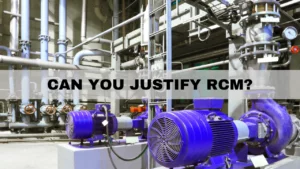When conducting Root Cause Problem Elimination reviews at plants, IDCON has found that one of the most frequent causes of equipment failures (and unplanned downtime) is the contamination of fluid systems.
Fuel, lubricants, air, and coolant systems are frequently compromised by the most basic enemy, dirt.
Dirt contamination can reduce the useful life of equipment to less than half of manufacturer’s projection, and is often caused by the lack of awareness and training of frontline operators and maintenance trades.
Here are several quotes and references regarding contamination:
“A single teaspoon of dirt can sufficiently contaminate 210 liters of oil to the point where it will totally ruin an engine.” Perkins Powerpart
“…dirt and contamination are by far the number one cause of hydraulic system failures”. Caterpillar
“Roughly 80% of hydraulic failures are the result of fluid contamination.”
Contaminants can be gaseous, fluid, semi-solid or solid. Modern machinery has evolved in its capabilities, operating at higher temperatures and pressure – for example, it is not uncommon for diesel fuel system that operated at 3,000 psi a few years ago to run at pressures as high as 30,000 psi in today’s state-of-the-art fuel system. This means that particles as small as 5 microns can affect a hydraulic system, thus imposing much harsher contamination prevention requirements to keep systems running to acceptable performance.
It is hard to detect the damage caused by contamination, as the effects slowly accumulate over time. For example, if a hydraulic system is losing efficiency, it may take as much as 20% loss before an operator notices the problem. In the mean time, fuel consumption increases and component wear accelerates.
In another example, cooling systems have reservoirs designed with enough surface area to dissipate the heat generated during operation. If dirt or contamination builds up on the tank, the coolant fluid retains heat, shortening its useful life and eventually varnishing. Varnish particles can travel through the system and cause valves and other components to foul and eventually fail.
The scenario is similar for lubricants. If they become dirty, heat dissipation decreases. The viscosity thins and the gear cases wear faster or motors may overheat. Again, the result may not be immediate, but the useful life of the component will decrease.




